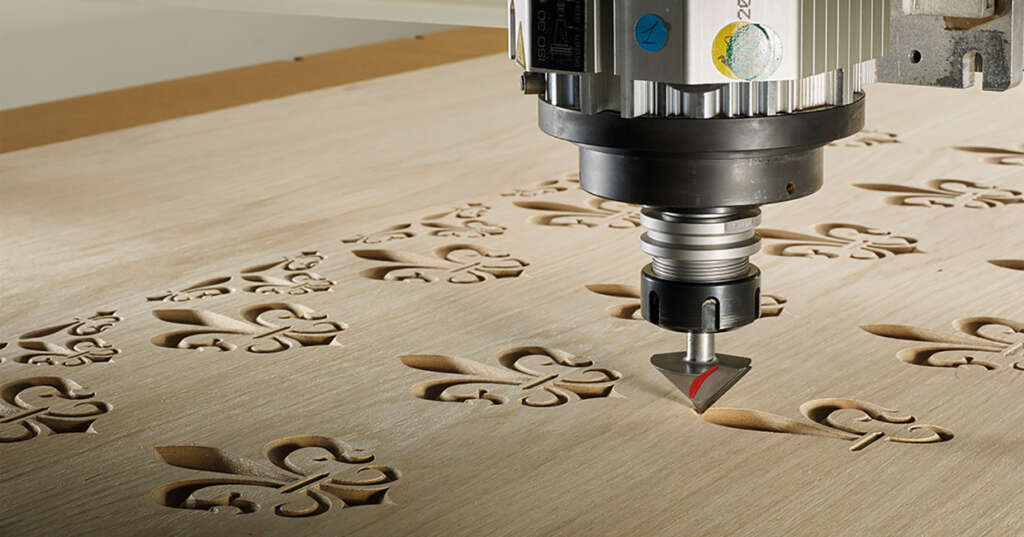CNC Router Cutting
Using a power tool known as a router, sometimes known as router cutting, is a versatile and precise form of woodworking. Many materials, including wood, plastic, and others, are cut and shaped using this approach. Router cutting is a popular method among carpenters and woodworkers because it allows them to create complex designs, forms, and patterns in wood that would be difficult or impossible to do using standard cutting equipment. One of the reasons router cutting is so popular is because of this. In this article, we will go through the various types of router-cutting procedures, the tools and materials required, and some useful ideas for getting the best results possible.

Various Router Cutting Methods
There are various distinct techniques of cutting wood with a router, each of which is ideally suited to a given type of work and a specific type of wood. The following are some of the most common forms of router cutting:
Making a Statement Making Use of a Router Edge Cutting is a simple woodworking process that may be used in a variety of applications to cut a clean and straight edge along a piece of wood. This process is commonly used in the manufacture of rectangular and square objects such as table tops, cabinet doors, and picture frames, among other things.
A dado is a groove or channel cut into a piece of wood so that it can fit another piece of wood. Dado cutting is often referred to as dadoing. This approach is often used in the construction of shelves, bookshelves, and various other types of storage units.
Cutting a recess into the edge of one of the pieces of wood using a technique known as “rabbet cutting” is part of the process of making a junction between two pieces of wood. This method is often used to construct drawers, cabinet frames, and several other types of furniture.
Chamfer cutting entails cutting a beveled edge into the corner of a piece of wood. Chamfer cutting is often referred to as miter cutting. This process is commonly used for the construction of decorative edges as well as a smooth, finished edge on doors and windows.
To create a rounded edge on the piece of wood you’re working on, you’ll need to use a round-over bit while round-over cutting. This procedure is commonly used to create decorative edges as well as a smooth, finished edge on table tops and other types of furniture.
Equipment & Components Required
To cut with a router, you’ll need a few basic tools and materials, including the following:
A router is a sort of power equipment that may be used to cut and shape materials including plastic, wood, and others. Routers are classified into two types: plunging routers and fixed-base routers. Fixed-base routers are more stable and suitable for edge-cutting than plunge routers, which are more adaptable and can be used for a larger variety of cutting techniques. Plunge routers are more adaptable and can perform a broader range of cutting techniques.
Router Attachments Router bits are cutting tools that are attached to a router and used to cut and shape wood. Routers are tools that are used to carve complicated patterns and shapes into wood. There are many different types of router bits available, including straight bits, round-over bits, and chamfer bits. The type of cutting that you will be doing will dictate the router bit that you will need to use.
Clamps are required to secure the piece of wood to the work table and prevent it from slipping while being cut. Clamps are available at most hardware stores. It is critical to choose clamps that are strong enough to keep the wood securely in place.
Because of the possible hazards associated with the procedure, eye protection, ear protection, and a dust mask are all necessary items of safety equipment that should be worn anytime using a router.

